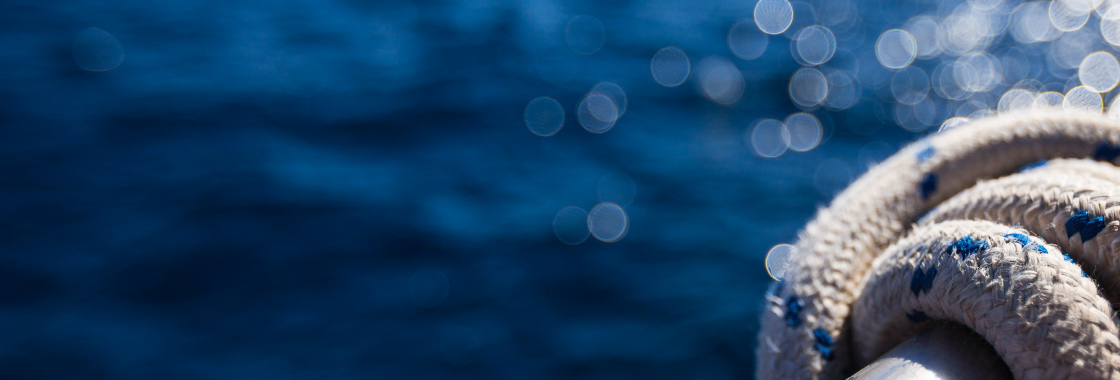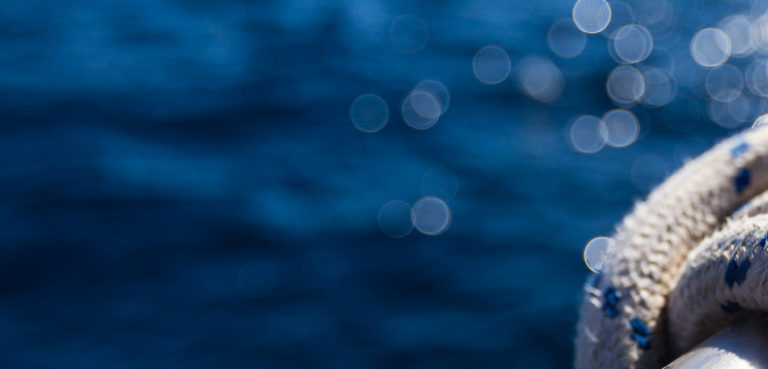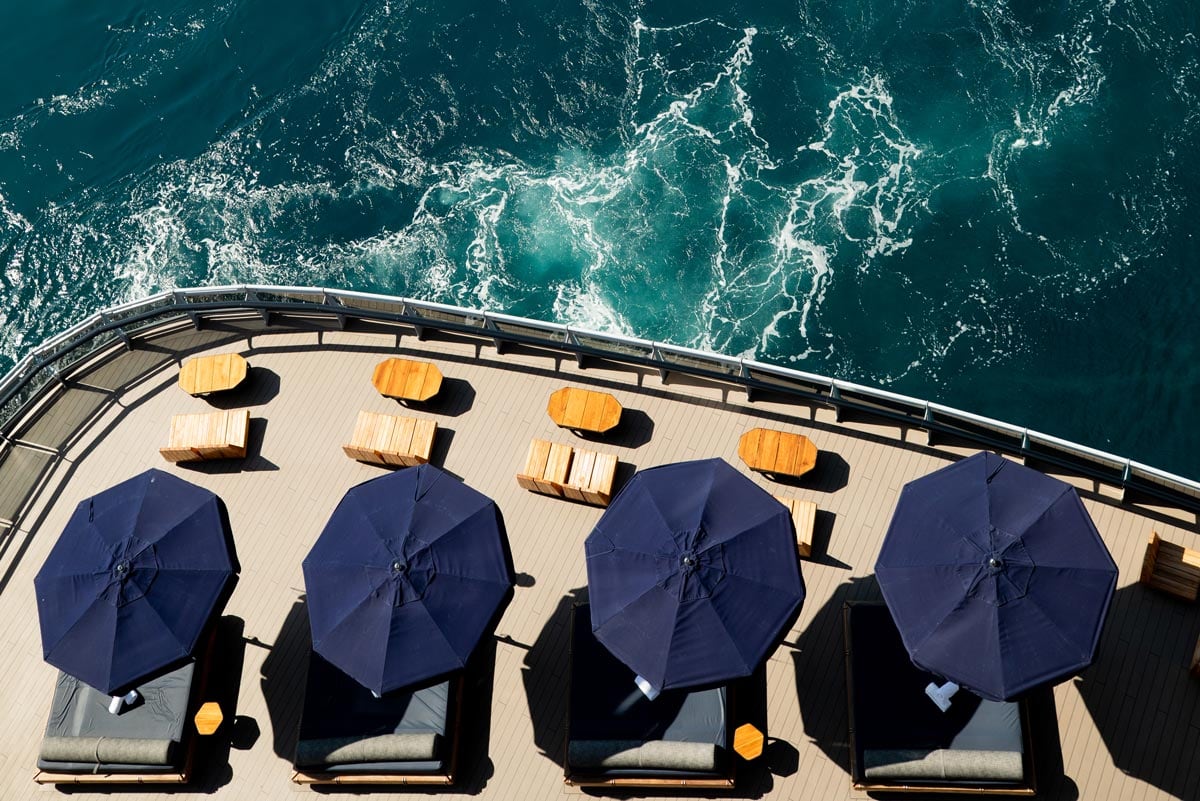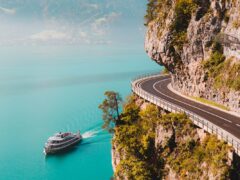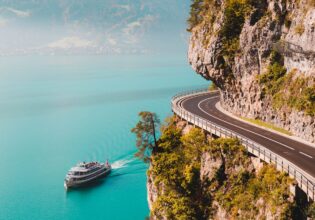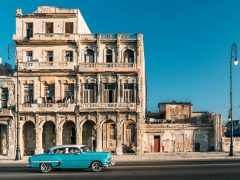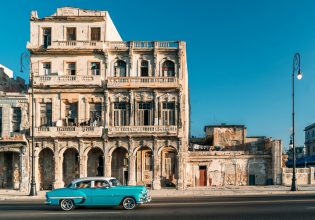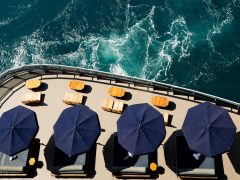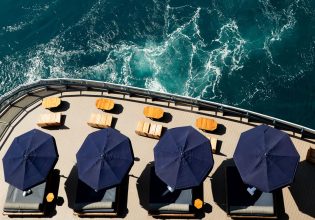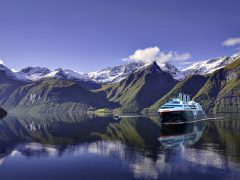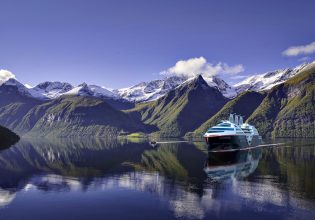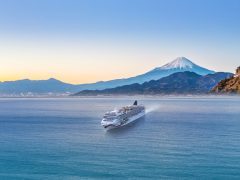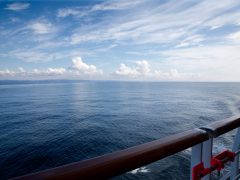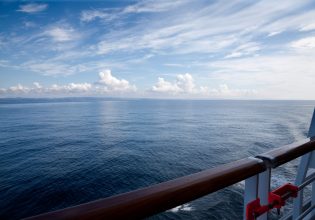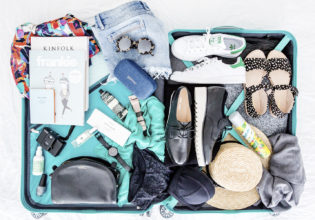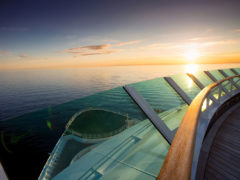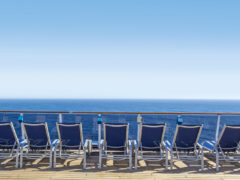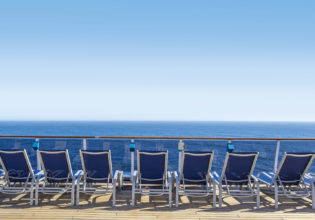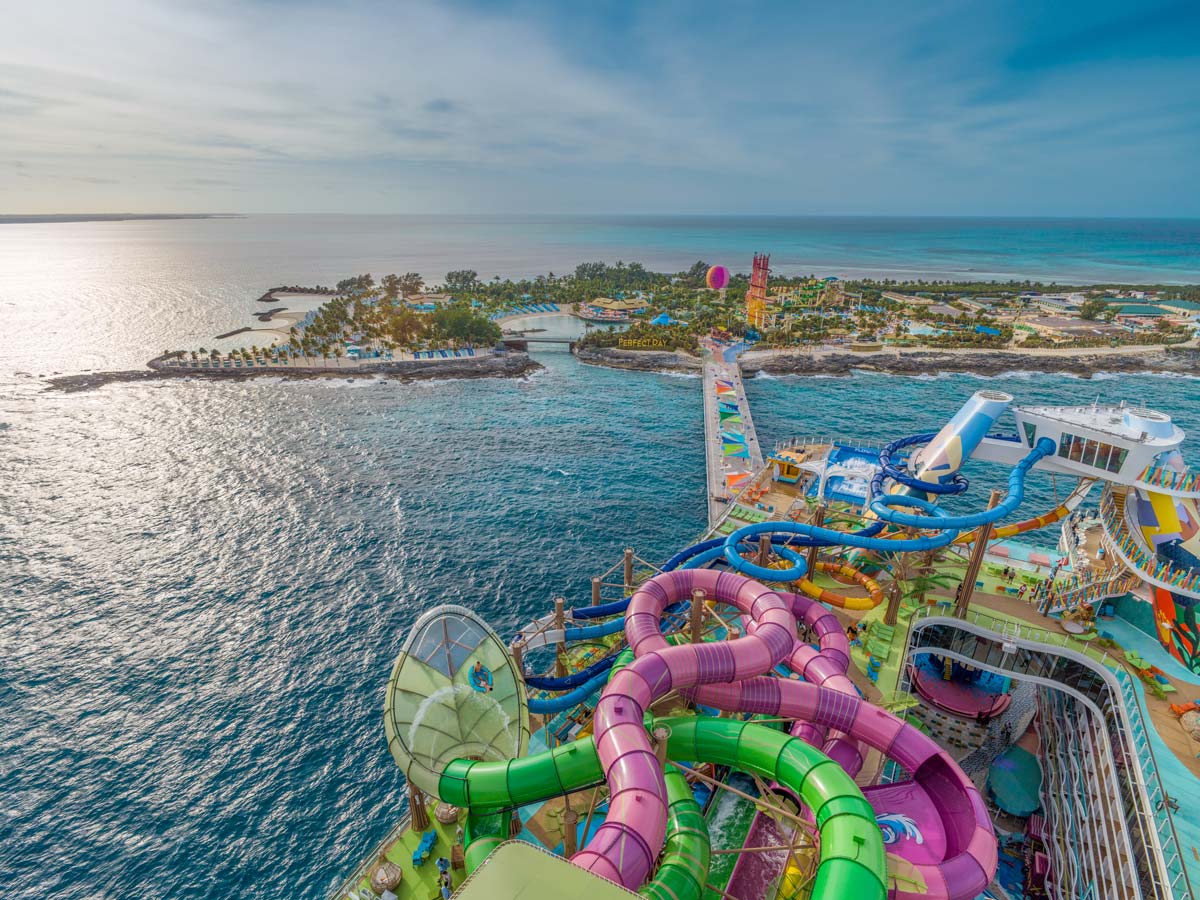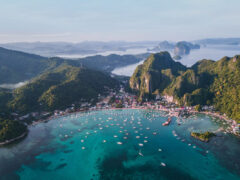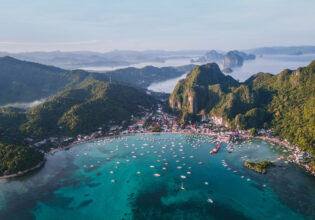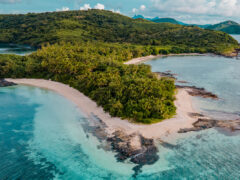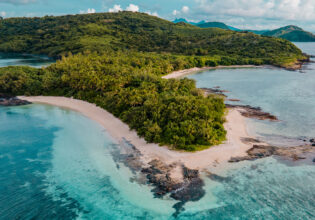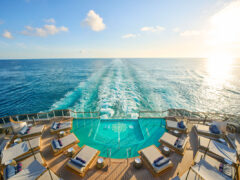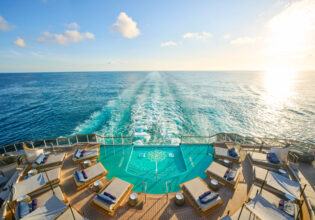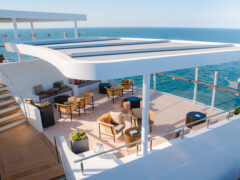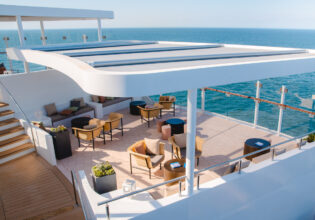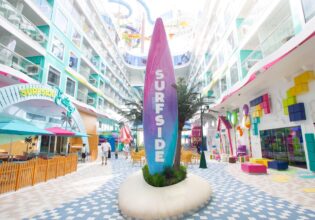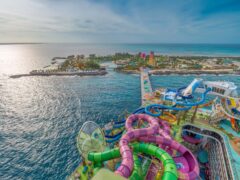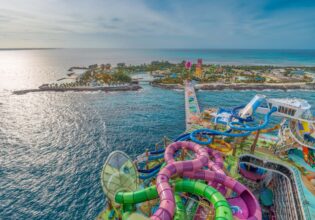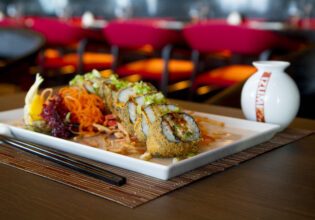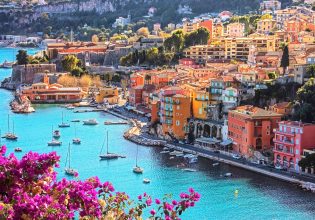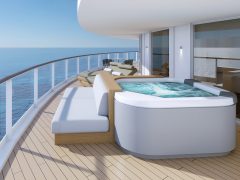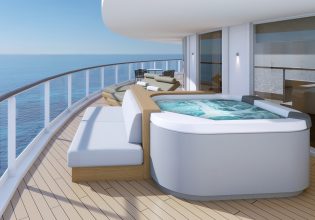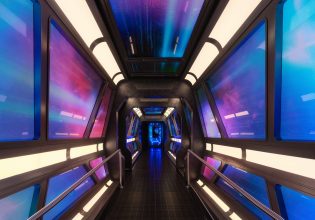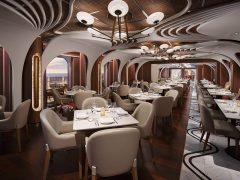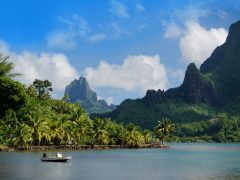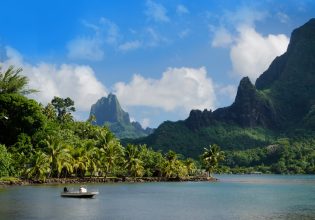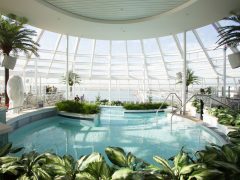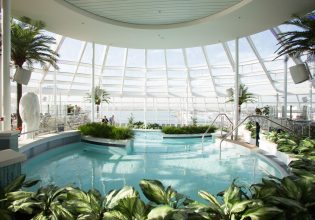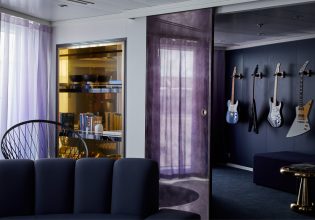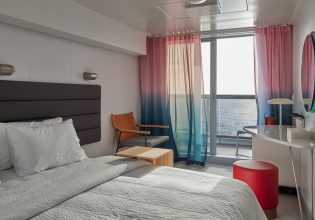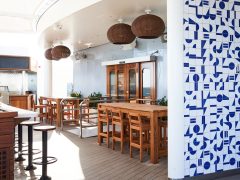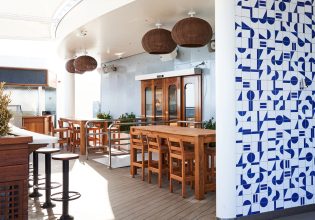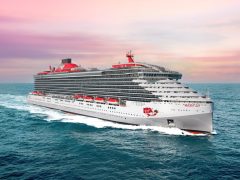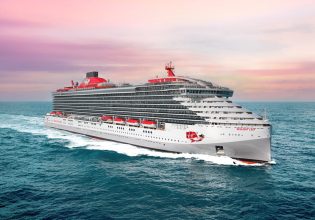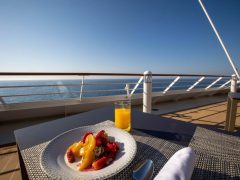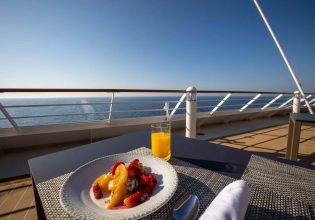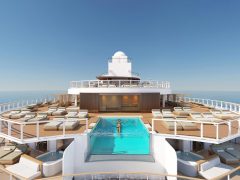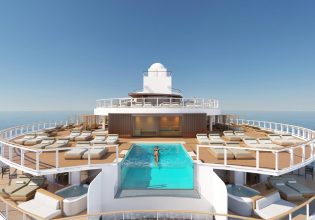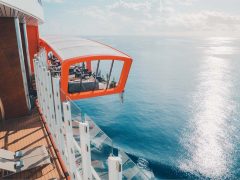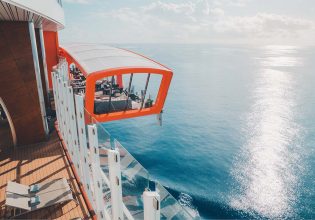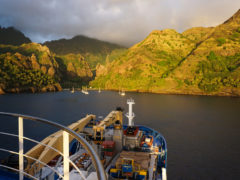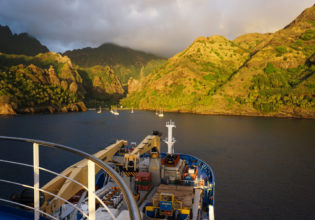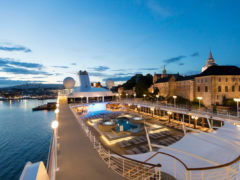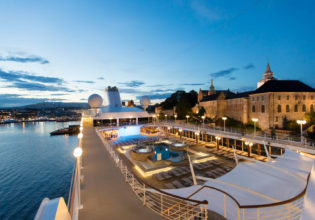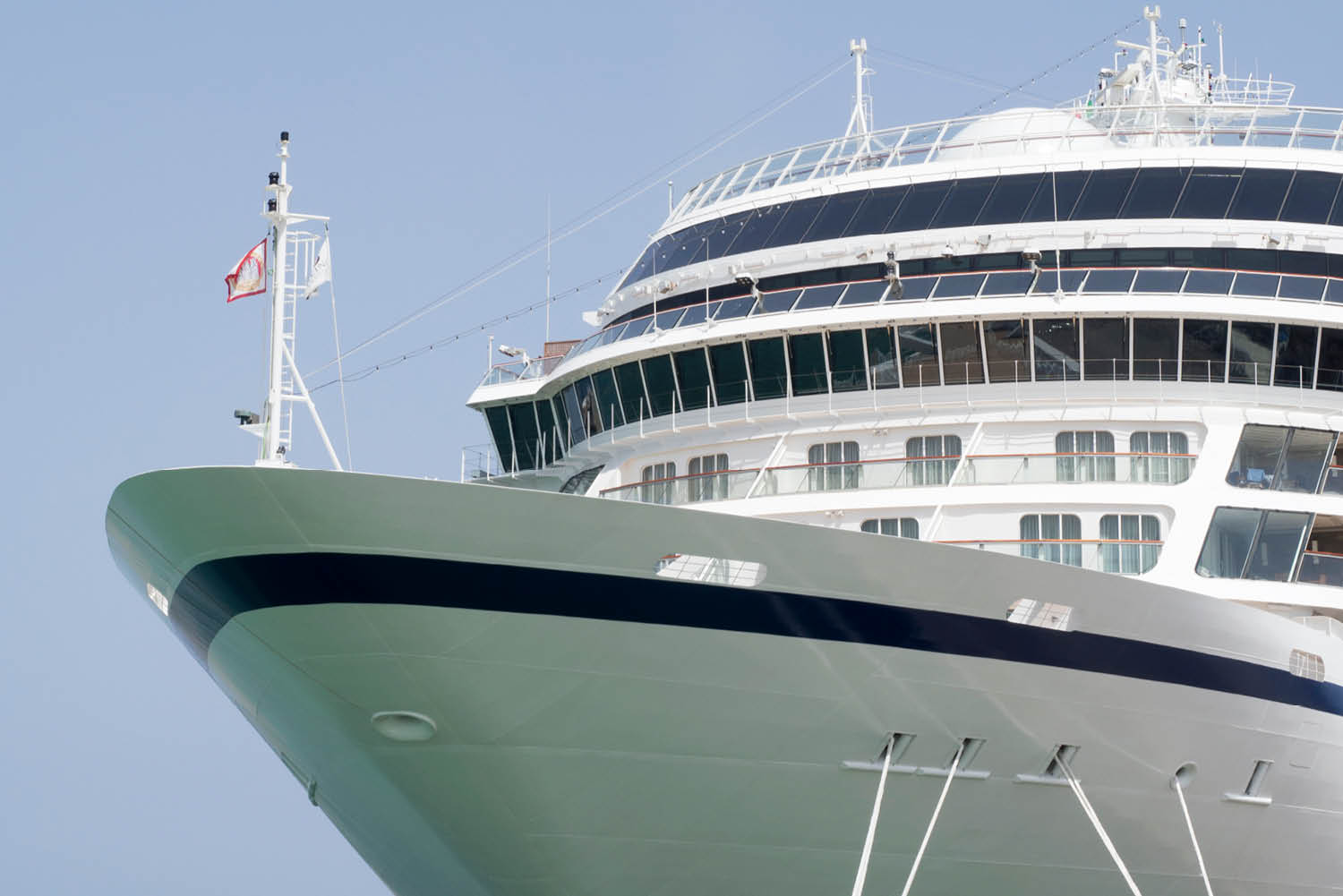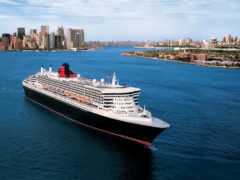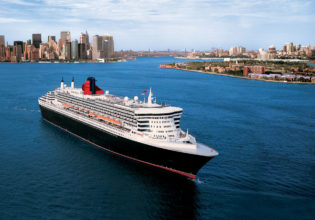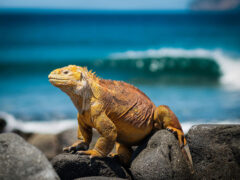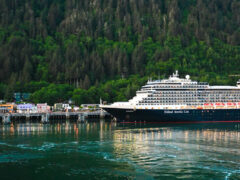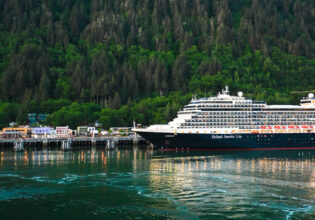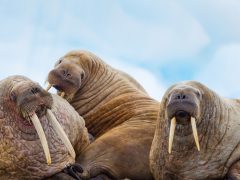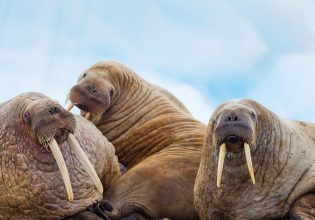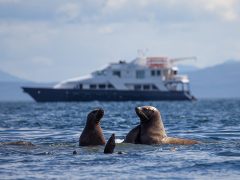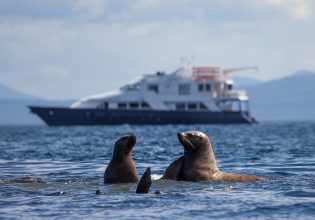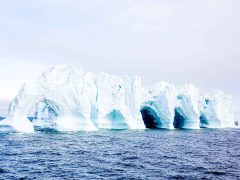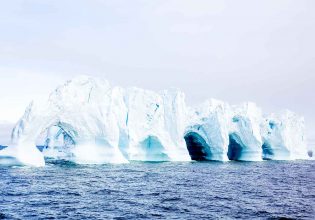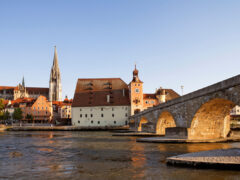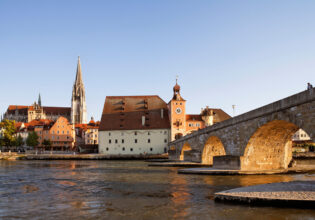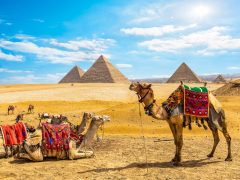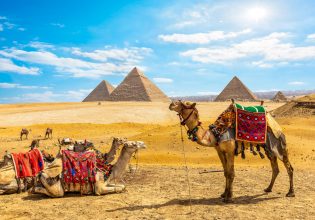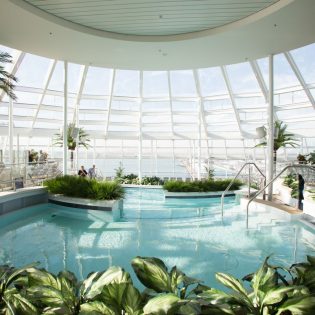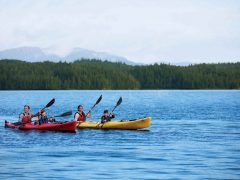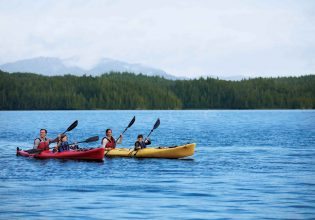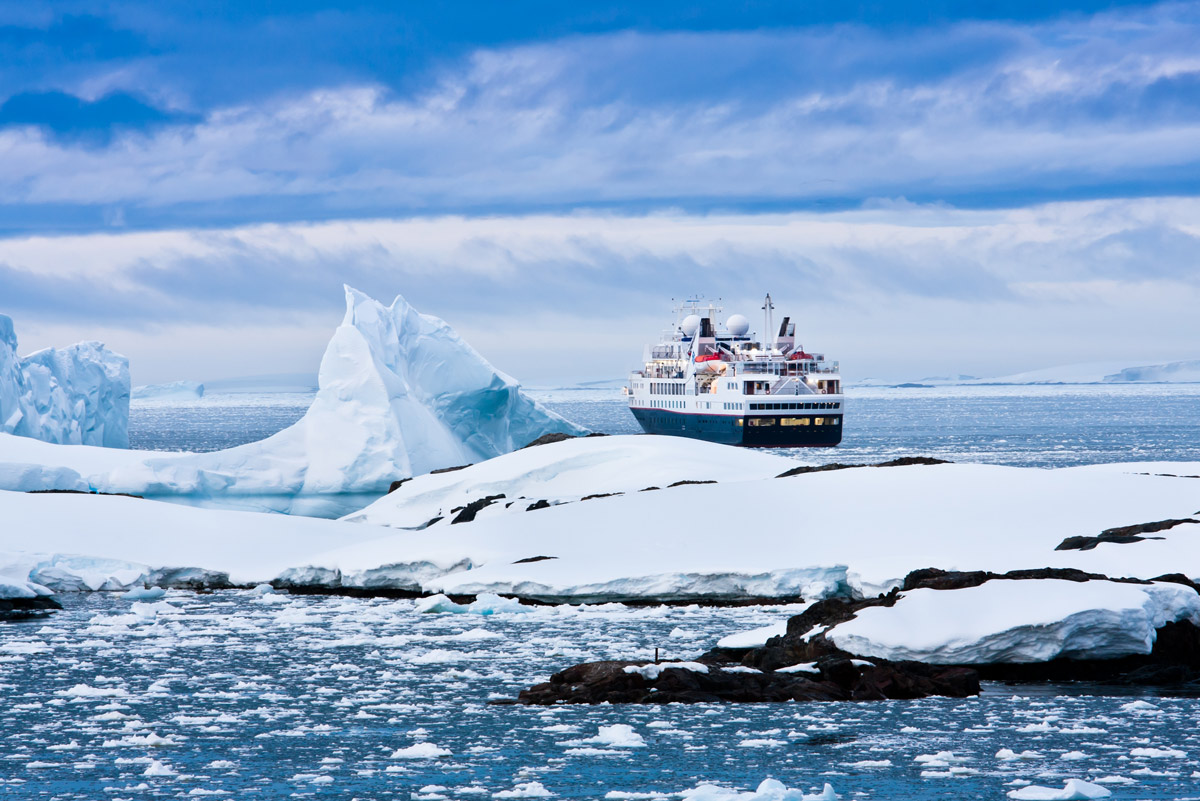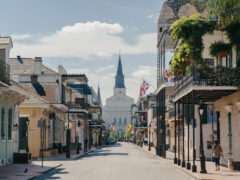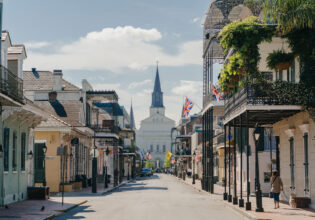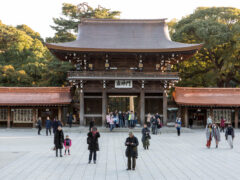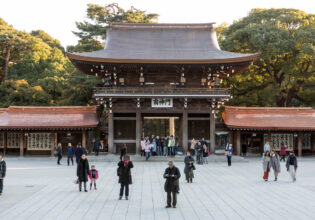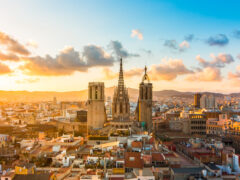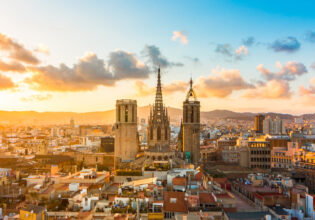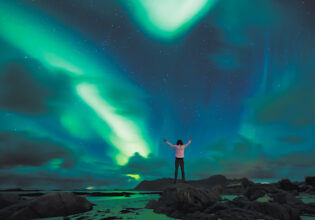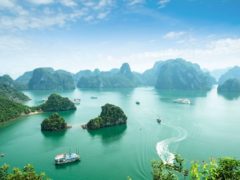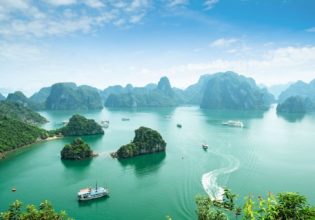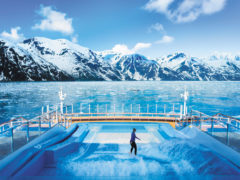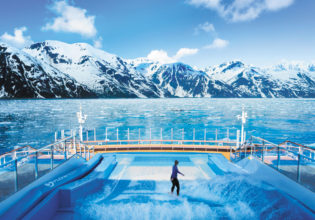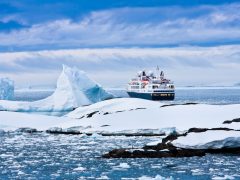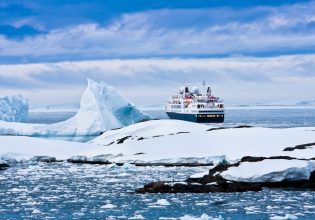Whether you’re Googling the next voyage before you’ve disembarked or simply cruise-curious and don’t know where to start, it never hurts to brush up on the basics. Cruising holidays offer unique, entirely idyllic passages through some of the most remote destinations on earth, warranting their own set of rules and guidelines. From staying across the latest luggage tips and differentiating luxury from grand adventure, to discovering new destinations and the enchantment of river cruising, we’ve gathered everything you need to plan your ultimate cruising escape right here.
Cruising news & tips
Did you know there’s an unspoken rule about overstaying your welcome on the deckchairs? And that booking an interior room may lead to cabin fever? Getting savvy on the latest news, trends and tips from the ever-evolving world of cruising holidays is going to elevate your experience plenty-fold. Learn exactly what to pack for every destination, choose a voyage that ticks your specific boxes and be inspired by the new innovations and sustainable endeavours making waves across the globe.
Ocean cruises
If size matters, an ocean cruise triumphs over them all. Boasting multi-country itineraries and typically extra-large vessels capable of sailing through extreme stretches of water, ocean cruises come in the shape of floating resorts ranging from 3 to 5+ stars. Get familiar with companies like Viking Cruises, Cunard, Celebrity Cruises, Royal Caribbean, Norwegian Cruise Line and Holland America Line, proud parents to a range of spectacular vessels travelling to dream destinations including Egypt, Alaska, the Mediterranean, Scandinavia, New Zealand and the South Pacific, French Polynesia and further. And if it’s more about the journey than the destination on your cruising holiday? There’s no shortage of activity to be revelled in without stepping foot off-board. Michelin-awarded dining, designer retail, luxurious open-air bars, cinemas, water parks, day spas, state-of-the-art theatres and countless swimming pools are just some of the everyday thrills you’ll encounter.
Expedition cruises
Ticking a new tourist trap off your list will always excite but true cultural enlightenment is found through a deeper understanding of the destination you’re dropping into. Enter expedition cruises, a cruising genre that offers onboard experts, naturalists and highly trained local guides to help shine a light on your port of call. Think of it as your golden ticket to the cruising world’s most authentic travel experiences. Companies including Hurtigruten Expeditions, which offer cruises to the North Pole and South Pole among other polar hot spots, Lindblad Expeditions, which journey to the Galapagos, Antarctica and beyond, and Aurora Expeditions, venturing into the Svalbard archipelago and further, are worth investigating if action-packed escapades are your cruising holidays of choice. Closer to home, Captain Cook Cruises’ MS Caledonia Sky is now exploring the most remote and beautiful parts of Fiji, Tonga and Samoa. And while we’re on the subject of deep understanding, there’s also a must-read on the basics of expedition cruising to help you decide whether it’s precisely up your alley.
Luxury cruises
Onboard helicopters, Broadway musicals, exquisite dining experiences and sumptuous day spas. There is no limit to the astonishing bells and whistles to be found onboard the varied collection of luxury cruises on the market. Typically catering to smaller groups to allow for a truly attentive five-star experience, prestigious names like Regent Seven Seas Cruises, Seabourn, Silversea and Ponant can transport you to the most magical European cities, exhilarating Alaska, otherworldly Galapagos, extraordinary Africa and beyond. And because they tend to be smaller vessels, they get to explore destinations larger ships can’t manage to reach, making your cruising holiday totally exclusive even when you’re on shore. The very best news? Some of the most extravagant luxury cruises are all-inclusive, meaning open bars and restaurants are on hand to keep the indulgences flowing from start to finish.
River cruises
Seize the day on a smaller scale with the endlessly charming range of river cruises setting sail around the globe. With itineraries that explore inland waterways rather than big wide oceans, this style of cruising holiday embraces life in the slow lane. More often than not, river cruises stop at multiple ports of call within one region, offering guests a thoroughly rewarding experience if their hearts are set on really soaking somewhere up. Big guns doing things right include Viking, Scenic, APT, Avalon Waterways and Uniworld. On board their intimate vessels, you’ll delight in exploring France’s most stunning stretches including the Seine and Rhone plus Portugal’s Douro, Germany’s Elbe, Southeast Asia’s Mekong, the USA’s Mississippi, Egypt’s Nile and many other wonderous waterways.
Type of cruiser
Keen to book a cruising holiday but haven’t the foggiest where to start? You’re not alone, especially amongst first-time cruisers — the vast array of cruise lines, itineraries and destinations can easily overwhelm. Step one in finding your perfect match is understanding exactly what type of cruiser you are. Be it a budget-busting family, a couple desperate for kid-free tranquillity (head straight to Virgin Voyages and do not past go), a solo voyager thirsty for adventure, a multi-generational clan or someone who sits somewhere between it all. Discover the brands and vessels going the extra mile to suit your type of cruising holiday, plus new voyages, including one sensational journey to the Norwegian archipelago of Svalbard, worth knowing about.
Port cities & destinations
Always dreamed of gazing up at the Northern Lights? Or catching a glacier-hopping polar bear stalk its next feed? Perhaps breathing in the sights and sounds of Cairo by the Nile River or the islands of Tahiti are more your speed? The world’s most epic bucket list inclusions are just a few clicks away thanks to the extensive range of port cities and destinations offered through cruising holidays. Take your pick from the most tantalising corners of the globe, each playing the ultimate backdrops to a genre of travelling like no other. We’ve experienced them all, and here we share the details.
